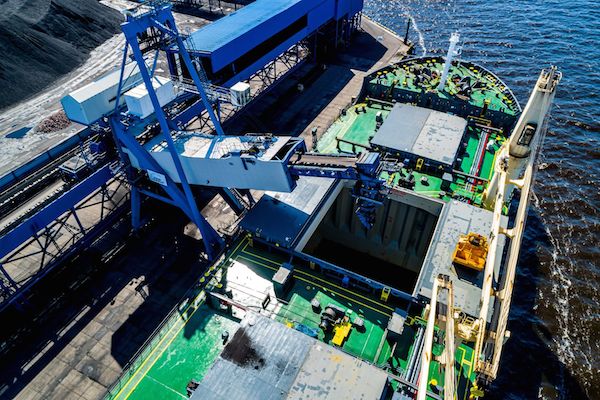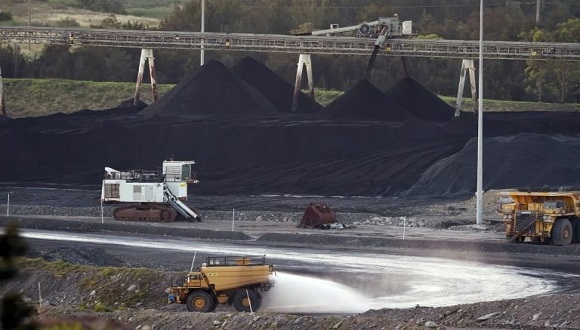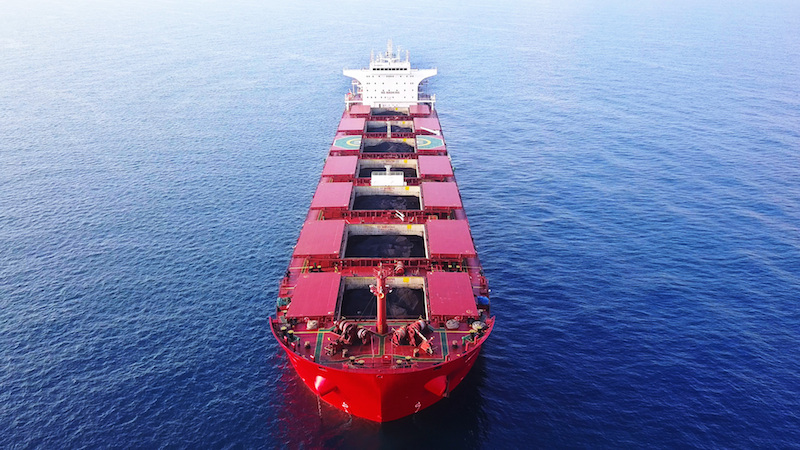

Last week, the temporary suspension of coal shipments from the second-largest Colombian producer Cerrejon to the port of Puerto Bolivar as well as low temperatures in several European countries strengthened thermal coal indices in the EU over 67 USD/t.
Blockade on the railway line by local residents curbed supply of Cerrejon coal to the port. Cerrejon, jointly owned by Glencore, Anglo American and BHP, exported 13.6 mio t in 2020 (-12.7 mio t or -48% y-o-y), which is the lowest level for the last 18 years due to the prolonged strike and quarantine restrictions during the pandemic.
The average daily temperature in Germany is 5-8 degrees below normal, which contributes to increase in coal burning at local coal-fired power plants. Nevertheless, the decline in gas indices on the TTF platform to 19.3 EUR/MWh (-7.40 EUR/MWh to peak values of 2021) owing to a temporary reduction in gas imports to Europe, as well as a further increase in the EU carbon prices to 39.3 EUR/t (+1.9 EUR/t or +5% to Jan 03,2021) in the medium term may put pressure on the coal quotes.
Heavy rains last week limited coal supplies to Richards Bay terminals, boosting South African coal prices to 89 USD/t. Coal stocks at Richards Bay terminals remained at 2.9 mio t (unchanged to Jan 03, 2021).
One of the largest mining companies in South Africa, Exxaro Resources, will limit new investment projects in the coal industry. The production volume of Exxaro Resources is 45 mio t of coal per year. Earlier, representatives of the South African company Safety Resources noted that the company’s strategy does not include the acquisition of additional coal assets after the purchase of the coal mines of South32. Another holding company, Anglo American, plans to sell all its thermal coal mines in South Africa by mid-2023.
Rising demand for Australian coal on part of Indian cement producers, which reduced purchases of South African coal due to high prices, strengthened the indices of material from Australia. However, the onset of the New Year holidays in China and in a number of Asia-Pacific countries lowered trading activity of market participants and may weaken the quotes in the short term.
According to the Central Electricity Authority of India, in January 2021 coal generation in the country reached 91.73 TWh (+10% year-on-year and +7% month-on-month) due to increased demand for electricity from households during the Indian parliamentary elections.
China’s largest energy group, SPIC, plans to launch an additional 15 GW of renewable energy generation capacities in 2021. The total capacity of the Group in 2020 was 176 GW, of which 29.61 GW – solar panels, 30.88 GW – wind power.
China’s Electricity Council (CEC) has recommended to increase coal imports in 2021 to cope with rising electricity demand as the country’s economy gradually recovers from the impact of COVID-19. CEC predicts that in 2021, China’s electricity consumption will increase by 6-7% compared to 2020.
Indonesian coal indices dropped last week as a result of a reduction in coal exports from Indonesia to China caused by heavy rains, a slowdown in the economic activity of Chinese generating enterprises – the largest consumers of Indonesian material amid public holidays.
Steel mills in a number of countries in the Asia-Pacific region reduced steel production amid the New Year holidays, which weakened the indices of metallurgical coal from Australia.
Source: CAA Analytics
[tfws username=”CAA_Analytics” height=”700″ width=”350″ theme=”light” color=”#FAB81E” tweets=”2″ header=”yes” footer=”yes” borders=”yes” scrollbar=”yes” background=”yes”]













